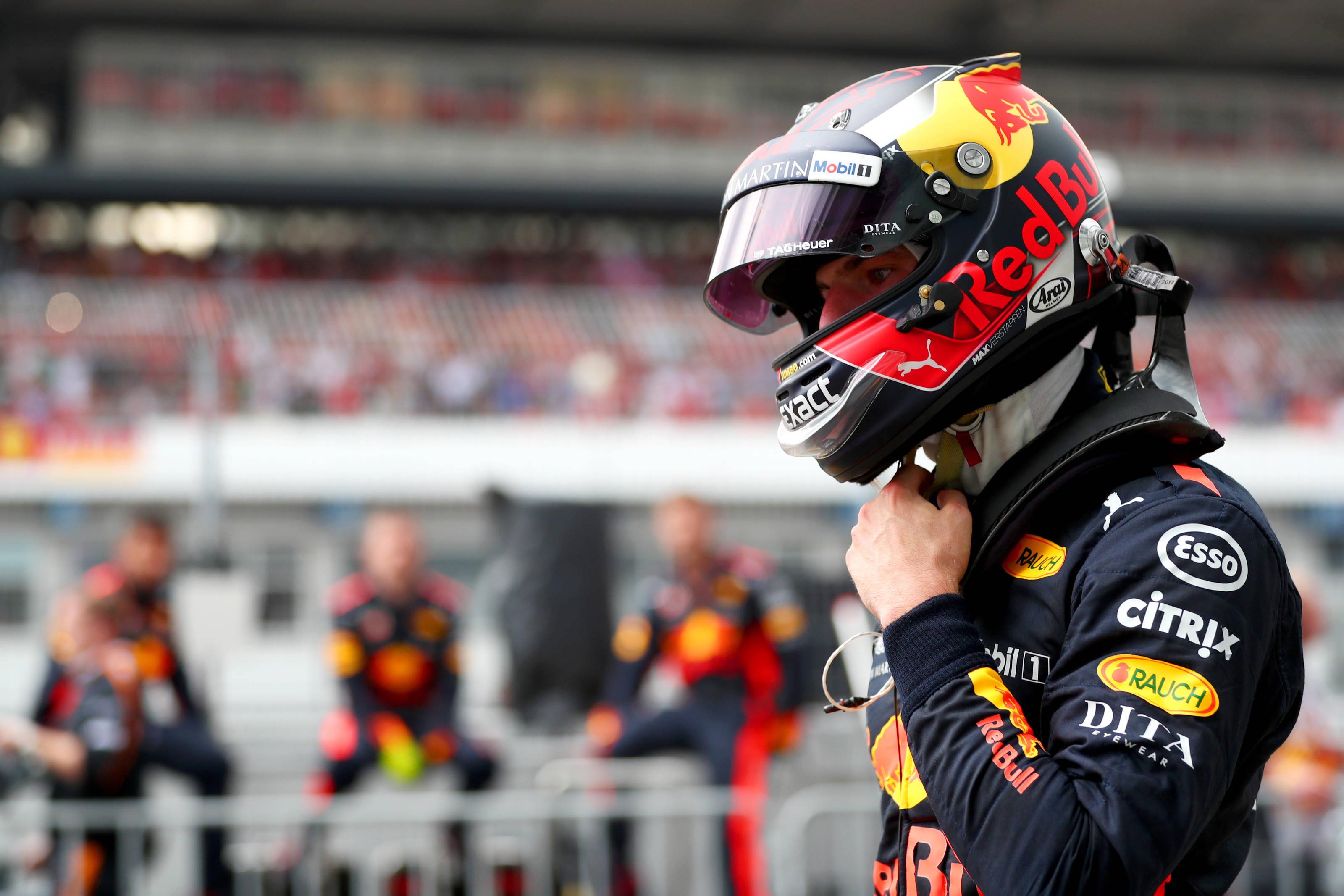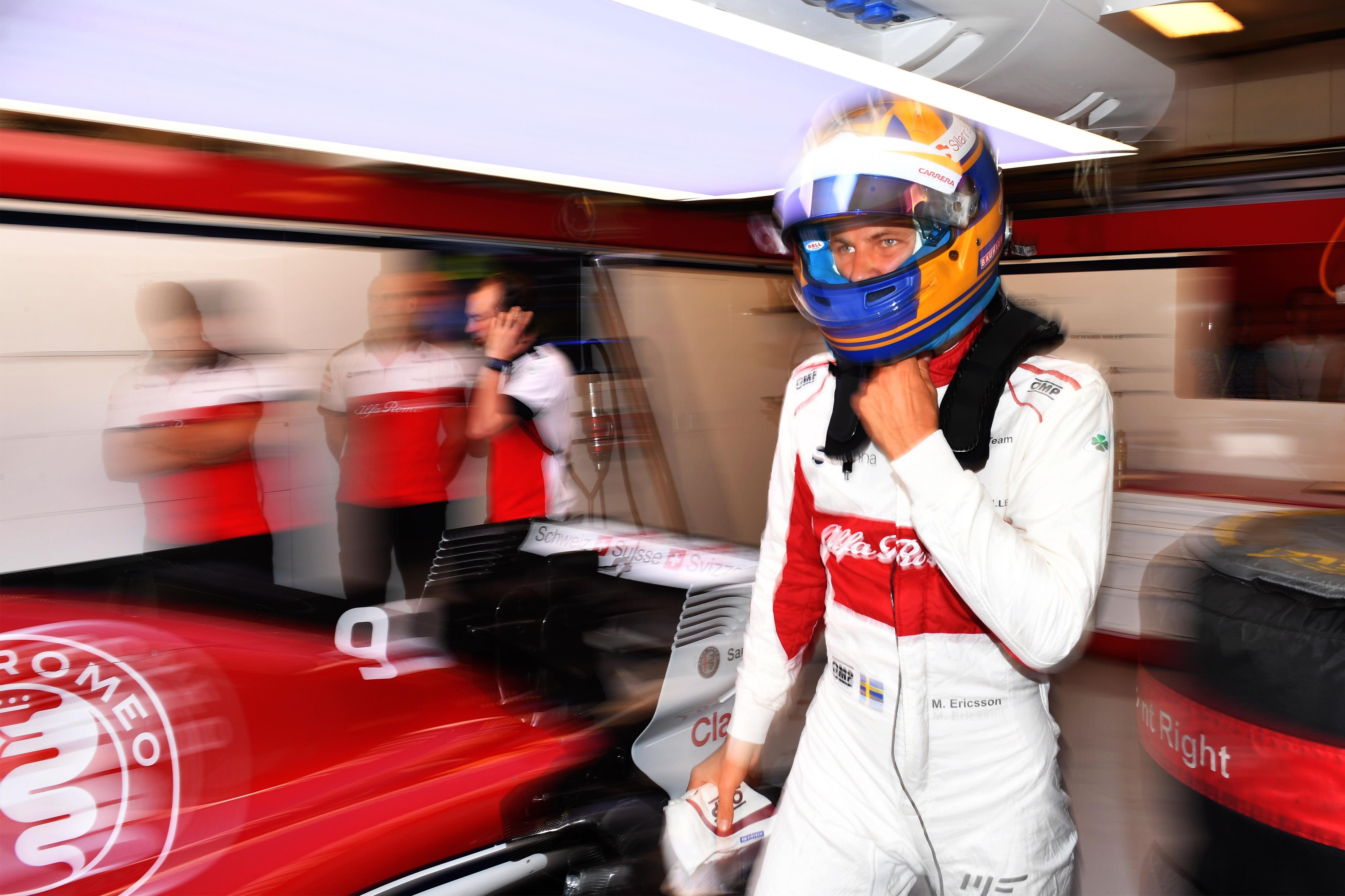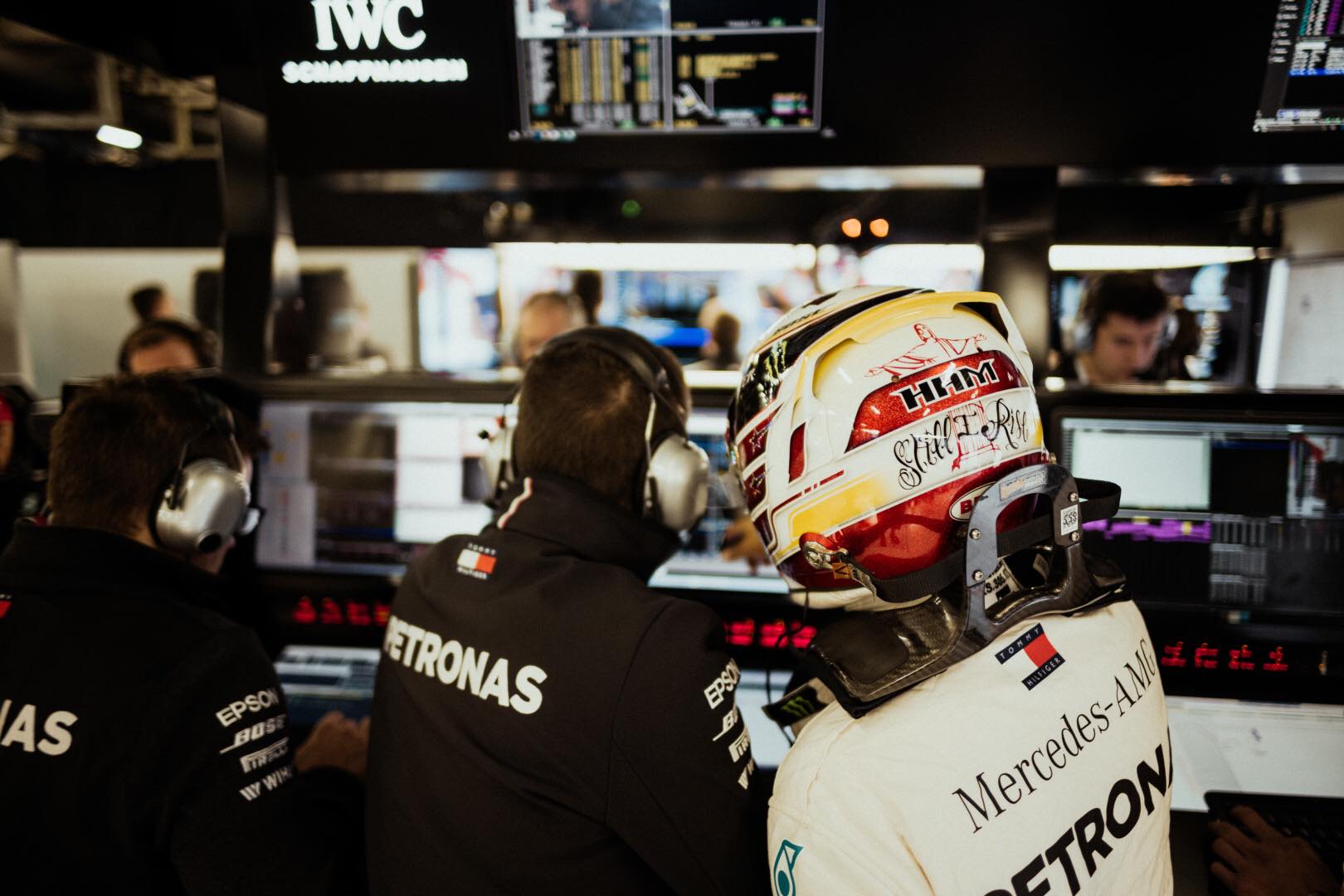The Head and Neck System (more commonly referred to as the HANS device) is often overlooked in the world of modern Formula One. Its historical significance, though, should not be underestimated, not least because at the time of its introduction it was one of very, very few occasions in F1’s history up to that point where the FIA had reacted to a non-fatal accident.

The accident in question occurred at the 1995 Australian Grand Prix, hosted at the popular Adelaide circuit. At one of the fastest points on the track, a rapid tyre deflation sent Mika Hakkinen – then in his third season in F1 – hurtling into the barriers. The impact was so extreme that his neck hyperextended, his skull was fractured, he swallowed his tongue, and he suffered major internal bleeding. He spent over two months in hospital – a significant amount of that in intensive care – but he eventually made a full recovery and returned to F1 for the 1996 season.
F1 drivers in that era were still sitting very high up in the cars with their shoulders often clear of the chassis, making them extremely vulnerable to head and neck injuries. It was this driving position, mixed with the fact that Hakkinen had nothing supporting his neck, which made his injuries so severe.
The HANS device was already in existence at this point, having initially being designed in the 1980s by Dr Robert Hubbard, but it was too bulky to fit into the narrow cockpit of a single-seater racing car, and he was unable to find sufficient financial backing to complete the necessary redesigns. Hakkinen’s accident, though, made the FIA realise its potential in terms of safety, and they offered to help in and fund its development.

The HANS device, because of Hakkinen’s accident, evolved into what it is today – a collar-type piece of carbon fibre that fits either side of the drivers’ shoulders, attached to mounting points either side of their helmets by two tethers and held in place by the seatbelts. In the event of a crash, these tethers stop the head from whipping backwards and forwards, keeping the neck in line with the spine and thus preventing it from hyperextending like Mika Hakkinen’s had. In addition, it helps to transfer the energy that would otherwise be absorbed by the head, into the stronger torso, seat, and the belts, reducing the strain put on the head.
Even today, head and neck injuries are still the leading cause of driver deaths regardless of category, and it begs the question just how many potential fatalities were prevented by the HANS device.
Hindsight, though, is a wonderful thing. When the HANS device was initially introduced, it was greeted with a very lukewarm reception. Many drivers claimed that it was cumbersome, uncomfortable, and might even cause more injuries than it prevented. NASCAR legend Dale Earnhardt even went so far as to refer to it as a ‘noose’. In a somewhat ironic twist of fate, Earnhardt was killed by a basal skull fracture in 2001, the forth NASCAR driver in the space of fourteen months to die of such an injury, one which the HANS device would have helped prevent.

The National Hot Rod Association was the first series to adopt the HANS device, following the death of Blaine Johnson in 1996. In 2002, at the Italian Grand Prix, Felipe Massa became the first man to wear the HANS device during a Formula One race. The next year, in 2003, it became mandatory for drivers in any and all FIA series to wear the HANS device, at the risk of being disqualified from the event should they fail to do so. Some have claimed that Massa’s accident at the 2004 Canadian Grand Prix was the first example of the HANS device potentially saving a driver’s life.
Amid all the talk of Virtual Safety Cars and halos of late, it is easy to overlook the HANS device and the impact it has had on safety in motorsport. Before its introduction, even crashes that did not on the face of it seem that dramatic could end in tragedy. Yes, head and neck injuries may still be the leading fatalities of drivers, but the number of times the HANS device has prevented such an incident from happening is innumerable and worth its weight in gold. It has become a staple of motorsport safety, and in no way should it be taken for granted.
Deputy editor

